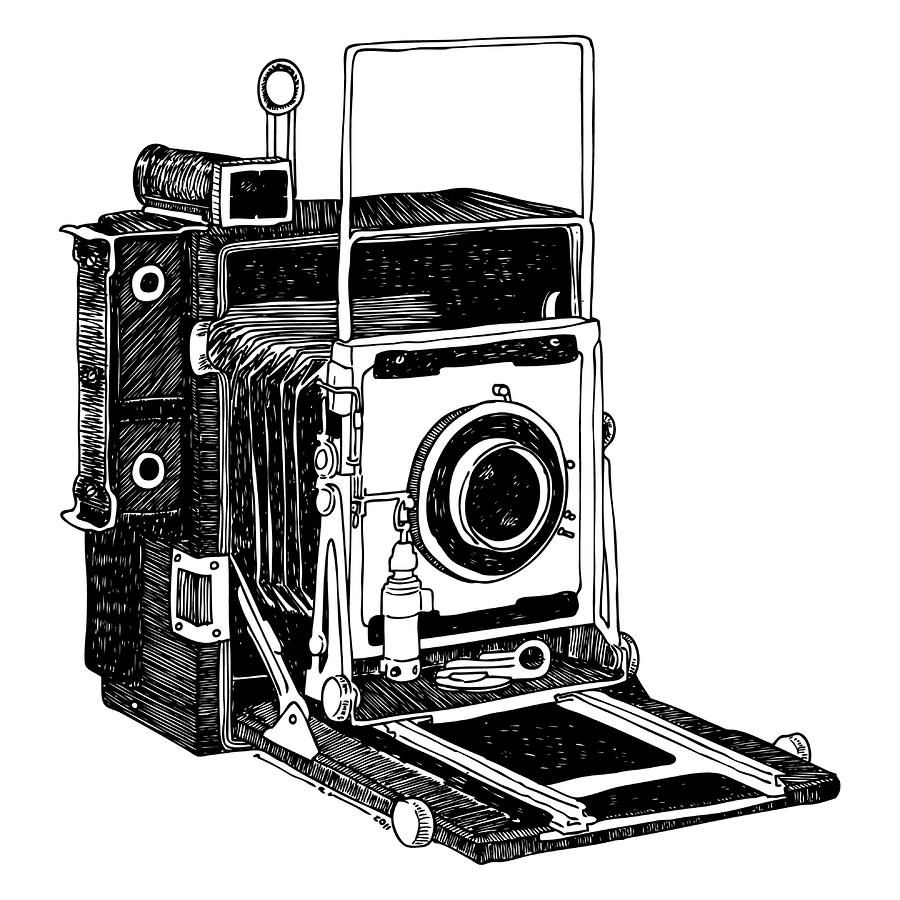
Communicating the Voices of the Unheard:
The Photography of Dorothea Lange
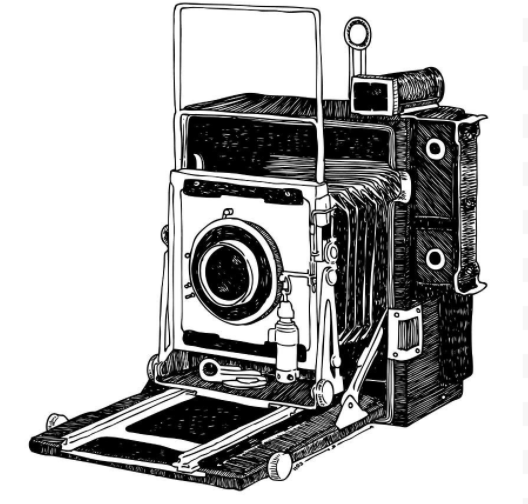


Dorothea Lange, born in 1895 in Hoboken, New Jersey, quickly decided to pursue photography after high school. She briefly studied at Columbia University, but was mostly self-taught, gaining experience through informal apprenticeships. After traveling to California, she set up a portrait studio where she photographed the wealthy in San Francisco.
“I decided, almost on a certain day, that I was going to be a photographer... I'd make modest photographs of people, starting with the people whom I knew... I had never owned a camera, but I just knew that was what I wanted to do.”
— Dorothea Lange, in a 1964 interview with Richard K. Doud (Smithsonian)
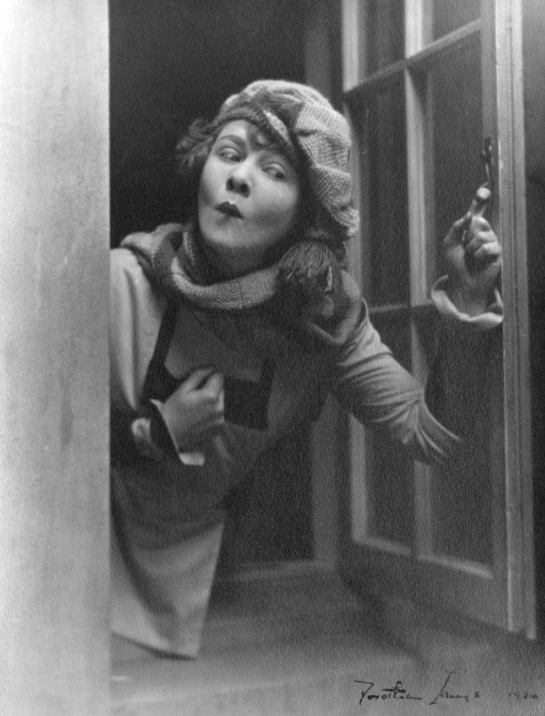
"Dorothy Wetmore Gerrity," Dorothea Lange, 1920 (The Dorothea Lange Collection, the Oakland Museum of California)
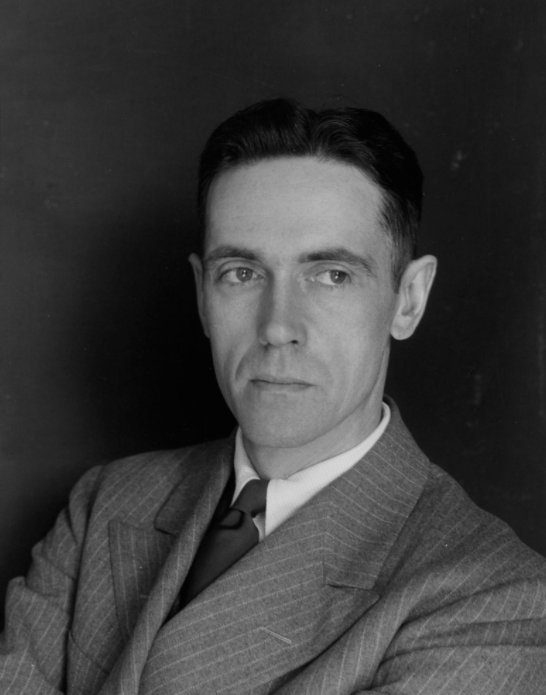
"Briar Family Portrait," Dorothea Lange, 1920 (The Dorothea Lange Collection, the Oakland Museum of California)
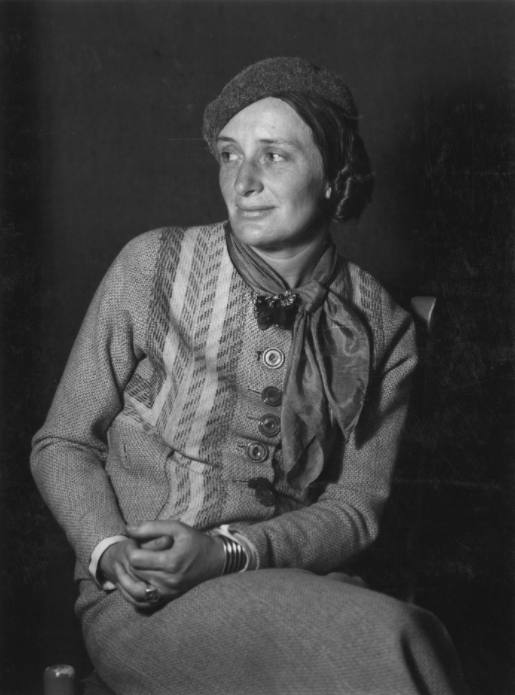
"Portrait of Dorothea Lange," circa 1930s
(The Dorothea Lange Collection, the Oakland Museum of California)
"One of the reasons that she was such a good portrait photographer is that she had an extraordinary power to connect with all sorts of people, to draw them out."
— Linda Gordon, author of Dorothea Lange: A Life Beyond Limits, quoted in "Dorothea Lange: Drawing Beauty Out Of Desolation," 2010 (NPR)
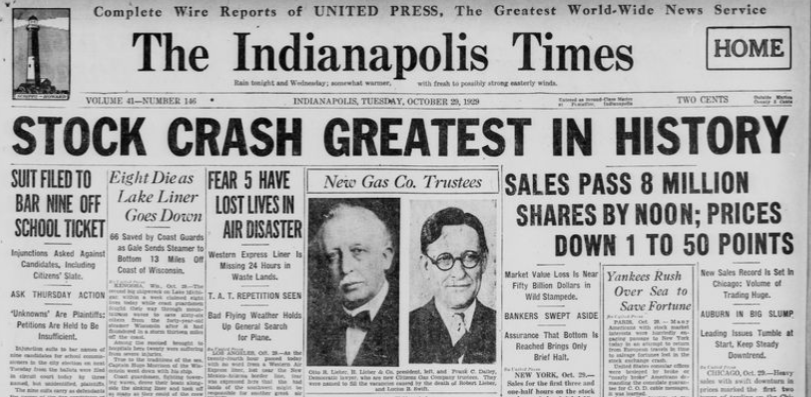
(The Indianapolis Times, October 29, 1929, Chronicling America)
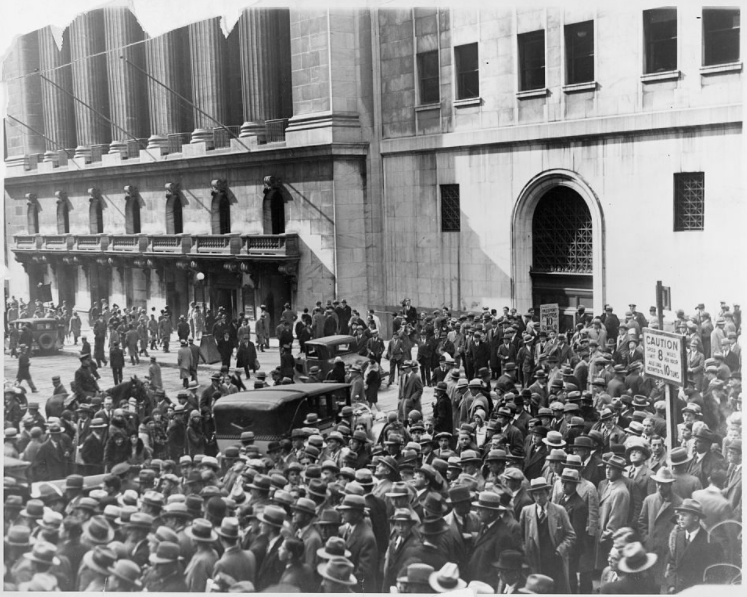
"Crowd of people gather outside the New York Stock Exchange following the Crash of 1929," Pacific & Atlantic Photos, Inc. (Library of Congress Prints and Photographs Division)
“I was a portrait photographer in San Francisco... I struggled hard with it, and some of my longest, hardest working years were those years, up to the limit of my strength... I enjoyed every portrait that I made in an individual way, but it wasn’t really what I wanted to do. I wanted to work on a broader basis...”
— Dorothea Lange in a 1964 interview with Richard K. Doud (Smithsonian)
Lange became a firsthand witness of poverty in California during the Great Depression, an economic recession sparked by the stock market crash of October 1929 which resulted in unemployment, deflation, and poverty across the nation. Seeing homelessness through the windows of her studio, Lange shifted her professional focus in 1933. Her early photographs depicted the struggle to survive during the Depression. Through these snapshots of intimate moments, Lange hoped to communicate the suffering of Americans to a larger audience.
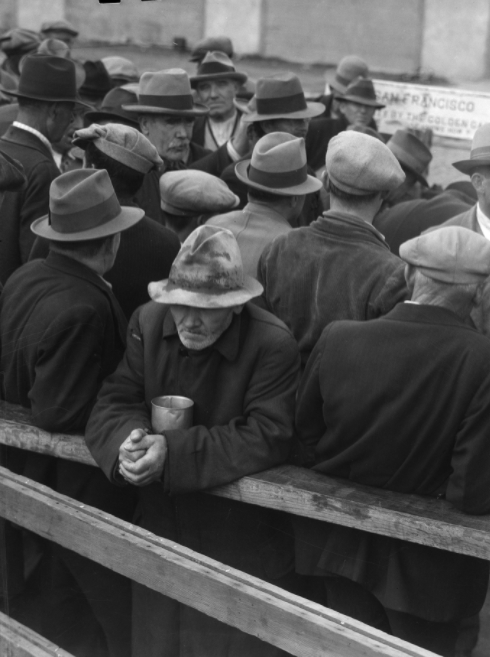
"White Angel Breadline," Dorothea Lange, 1933 (The Dorothea Lange Collection, the Oakland Museum of California)
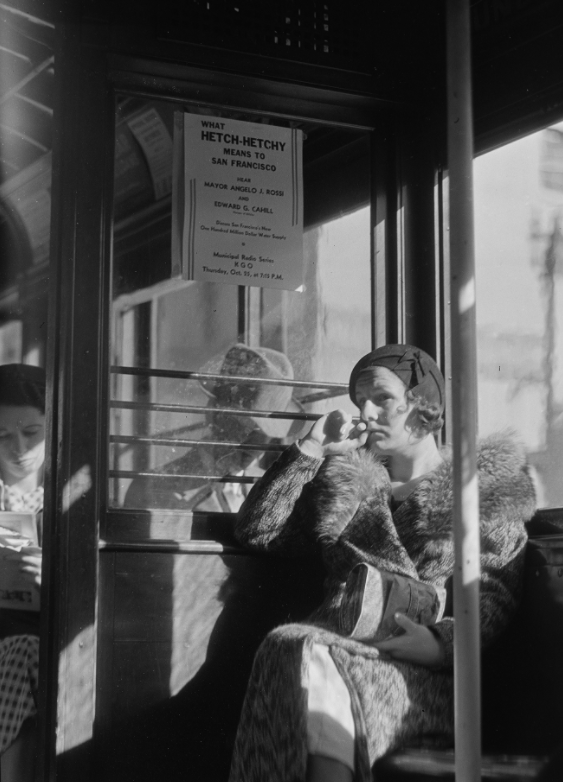
"Streetcar Faces, San Francisco," Dorothea Lange, 1934 (The Dorothea Lange Collection, the Oakland Museum of California)
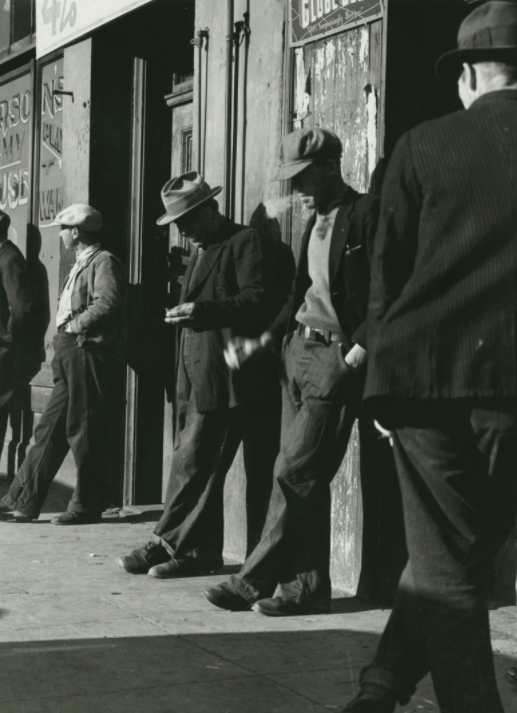
"Thirteen Million Unemployed fill the Cities in the Early Thirties, San Francisco," Dorothea Lange, 1934 (The Dorothea Lange Collection, the Oakland Museum of California)
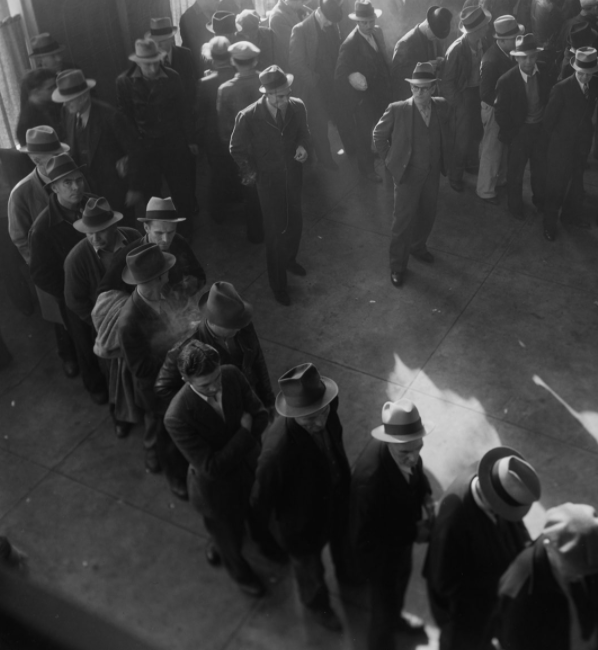
"Line Up at Social Security in Early Days of the Program, San Francisco," Dorothea Lange, 1937 (The Dorothea Lange Collection, the Oakland Museum of California)